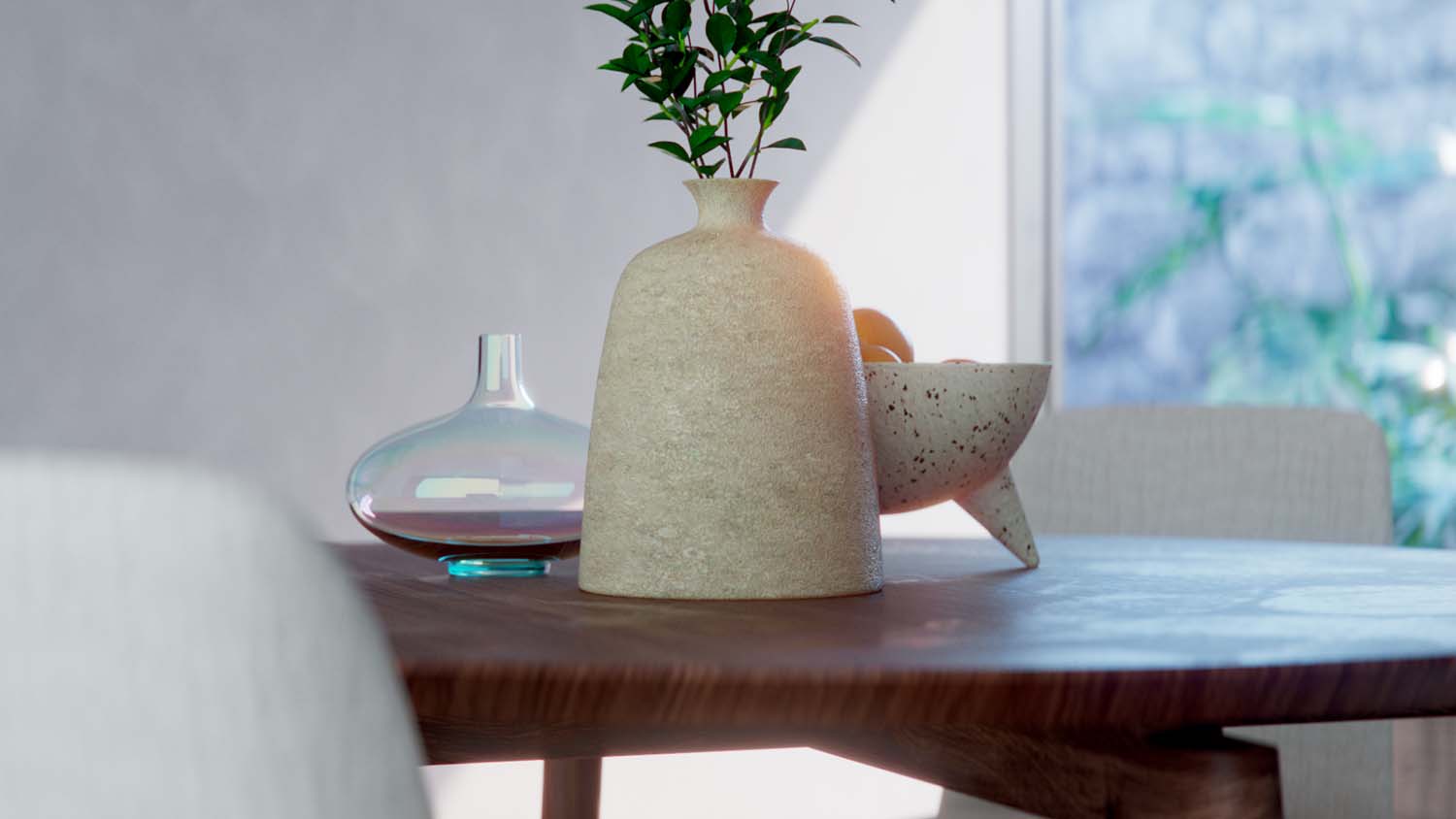V-Ray 6 for Rhino has been upgraded with connection to real-time visualisation tool Enscape, allowing for a smoother workflow between CAD and VR when using Rhino.
Despite Enscape traditionally having an AEC focus, Chaos says that the smooth transfer between modelling and VR can benefit all users, heavily reducing the amount of prep to get photorealistic results for design reviews or marketing experiences.
“When applications don’t talk to each other, design intent can quickly get lost as a project moves from schematic to marketing,” said Chaos V-Ray for Rhino product manager Konstantin Gaytandzhiev.
“With this new bridge, [a] design can continue to be iterated on with every nuance intact, removing the open questions that slow teams down.”

Enscape projects can now be rendered and edited in V-Ray 6 when they need to be pushed to high levels of photorealism. There is support for Enscape materials, environments, lights and compatible 3D assets, and Chaos adds that V-Ray 6 ensures that all design decisions are kept throughout the project development stages, creating an unbroken chain between designers and V-Ray specialists.
Users can also use Enscape technology as part of the new Procedural Cloud system to simulate a variety of cloud types and weather conditions in scenes, from partly cloudy to overcast. Chaos has said that this new system is not only memory efficient, but a way to create dynamic timelapse presentations and streaming streaks of sunlight.
V-Ray Enmesh can also be used in this workflow to create complex geometric patterns quickly over object surfaces – for panels, fences, fabrics and more in an automated and memory-efficient way.
Lighting and materials also receive some updates, with Finite Dome Light allowing the user to fine-tune the size and scale of a 3D environment when using image-based lighting, while new iridescent materials tools – for soap bubbles, oil spills and more – can be created using the new Thin Film option.
Users should be able to render frosted glass and marble faster with the V-Ray Material’s improved subsurface scattering mode, and metals and rough reflective materials should render more accurately with a new energy preservation technique.
In terms of collaboration, the Chaos Cloud Collaboration now allows user to upload images and image panoramas straight from the V-Ray Frame Buffer, speeding up the approval process for everyone involved.






